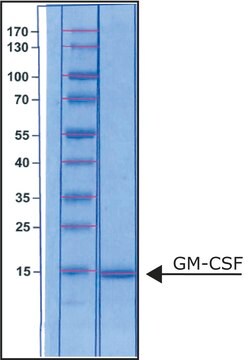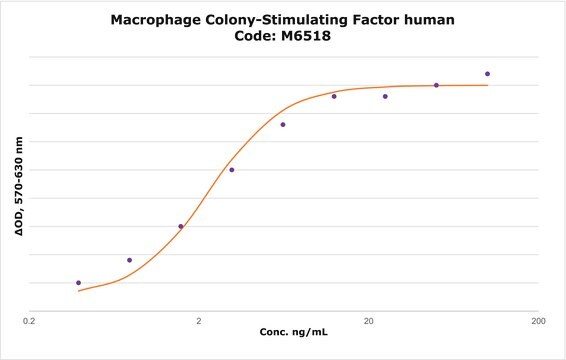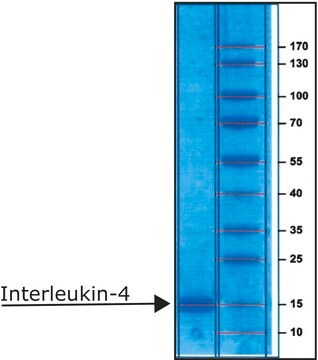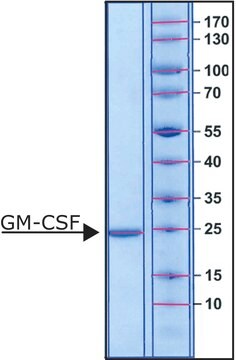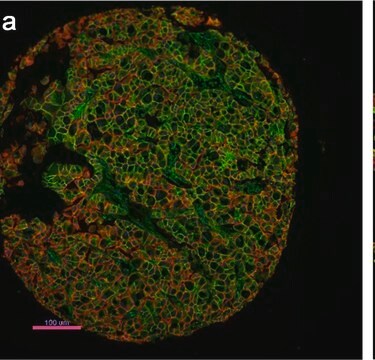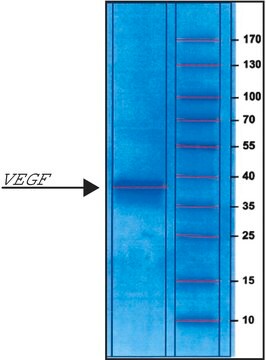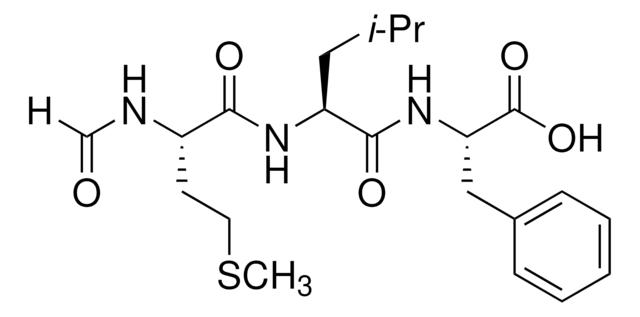G0407
Granulocyte colony-stimulating factor human
≥95% (SDS-PAGE), recombinant, expressed in E. coli, lyophilized powder, suitable for cell culture
About This Item
Recommended Products
Product Name
Granulocyte colony-stimulating factor human, G-CSF, recombinant, expressed in E. coli, suitable for cell culture
biological source
human
Quality Level
recombinant
expressed in E. coli
assay
≥95% (SDS-PAGE)
form
lyophilized powder
potency
0.01-0.1 ng/mL
quality
endotoxin tested
mol wt
18.8 kDa (175 amino acids including N-terminal methionine)
packaging
pkg of 5 and 25 μg
technique(s)
cell culture | mammalian: suitable
impurities
<1 EU/μg (LAL test)
UniProt accession no.
storage temp.
−20°C
Gene Information
human ... CSF3(1440)
Looking for similar products? Visit Product Comparison Guide
General description
Application
- in culturing human neutrophils
- as a growth factor component of double layer granulocyte-macrophage colony-forming unit (CFU-GM) culture system for CD34+ cells
- to test its protective effects chronic liver damage model
Biochem/physiol Actions
Physical form
Analysis Note
Related product
Storage Class
11 - Combustible Solids
wgk_germany
WGK 3
flash_point_f
Not applicable
flash_point_c
Not applicable
ppe
Eyeshields, Gloves, type N95 (US)
Choose from one of the most recent versions:
Already Own This Product?
Find documentation for the products that you have recently purchased in the Document Library.
Customers Also Viewed
Articles
Read article on hematopoietic cytokines and hematopoiesis
Our team of scientists has experience in all areas of research including Life Science, Material Science, Chemical Synthesis, Chromatography, Analytical and many others.
Contact Technical Service